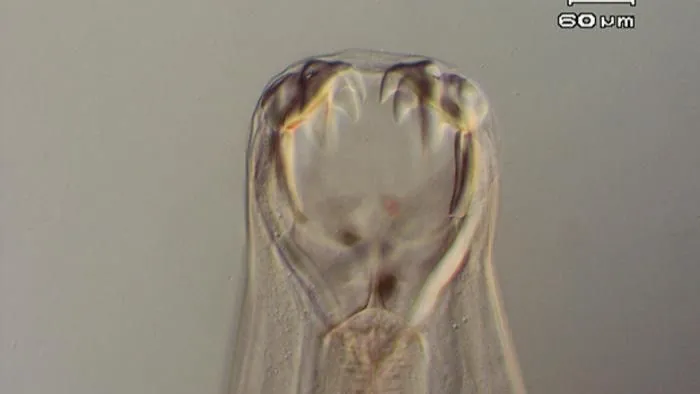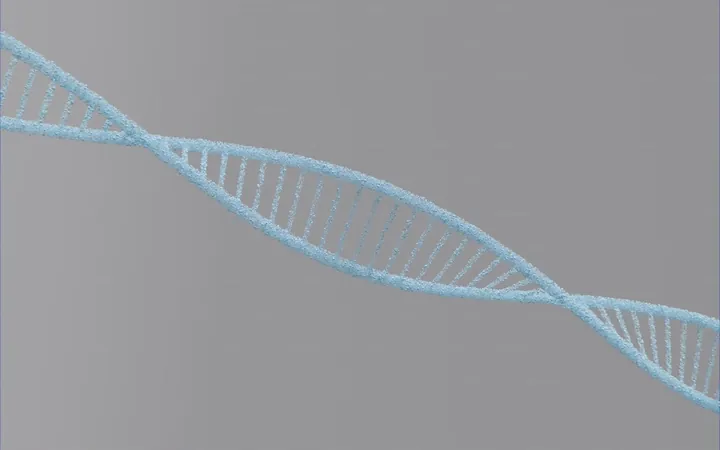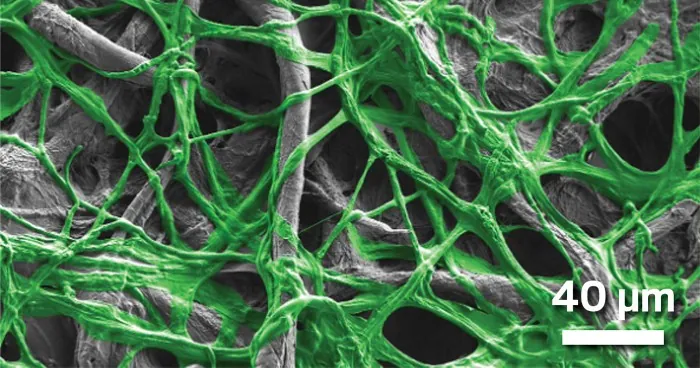
Urgent Wake-Up Call: Hookworm Parasites Evolve Drug Resistance, Threatening Pets and Humans!
2025-01-10
Author: Ming
Introduction
In a shocking revelation, researchers have discovered that canine hookworms pose an increasingly grave threat to both pets and humans as they develop widespread resistance to commonly used deworming medications in North America and Australia. This alarming discovery, published in the International Journal for Parasitology, highlights the urgent need for action among pet owners and veterinarians alike.
Concerns in Australia and North America
The latest study reveals a concerning trend: hookworms in Australia, much like their North American counterparts, have developed genetic mutations that render benzimidazole-based dewormers ineffective. This class of medications has been the go-to treatment for parasitic infections in dogs, a common issue that can escalate to serious health problems.
Health Risks
Swaid Abdullah, a senior lecturer in veterinary parasitology at the University of Queensland and lead author of the study, explained the magnitude of the issue: "This is a big problem, as hookworm infections can be dangerous for both humans and animals." The health risks are particularly pronounced as infected dogs experience severe symptoms, including anemia, diarrhea, and malnutrition, which can sometimes lead to fatal outcomes.
Environmental Contamination and Human Infection
Moreover, the implications of these parasites extend beyond pets. Hookworms shed eggs through the feces of infected dogs, leading to environmental contamination. Humans can become infected through direct skin contact with contaminated soil, which may result in cutaneous larva migrans (CLM), popularly referred to as "creeping eruption." This condition manifests as a winding, snake-like rash and can cause intense itching and discomfort. While it often resolves without medical intervention, some cases may require antiparasitic treatment or antibiotics to alleviate secondary infections.
Risks to Humans
Antoinette Marsh, a professor of veterinary parasitology at The Ohio State University, expressed her concerns, noting that CLM poses significant risks to humans, especially in environments where pet waste is not properly managed. "If people aren't picking up the feces and allowing it to develop in the environment, then it becomes a problem for us to actually treat humans," she cautioned.
Historical Context of Resistance
The resistance development isn't a new phenomenon. It was first documented in racing greyhounds during the 1980s and has since been observed across various dog breeds in the U.S. and Canada. The recent study, however, specifically analyzed genetic markers of resistance in hookworms sampled in Australia and New Zealand, uncovering widespread drug resistance in Australia but not in New Zealand's samples.
Future Implications and Recommendations
Marsh pointed out that it remains uncertain whether the drug resistance observed in Australia developed independently or was introduced by the movement of pet dogs between regions. Given that hookworms reproduce rapidly, it’s possible that these parasites could develop resistance mutations independently in different locations.
To combat this growing health crisis, researchers advocate for a paradigm shift in how deworming medications are utilized. They propose adopting targeted, risk-based treatments, alongside ongoing monitoring to mitigate the spread of drug-resistant hookworms. Dr. Jan Šlapeta, co-author of the study and a professor at the University of Sydney, emphasized the urgency of this situation, stating, "As resistance spreads, we need ongoing monitoring and the development of new control strategies to protect animal and human health."
Conclusion
This study is a wake-up call for both pet owners and veterinarians alike – the era of effortless parasite control may be coming to an end," he warned. As this research illuminates the alarming trend of drug-resistant hookworms, pet owners must take responsibility for their pets' health and be vigilant in managing potential outbreaks, ensuring a safe environment for both animals and humans alike. Will you act before it's too late?




 Brasil (PT)
Brasil (PT)
 Canada (EN)
Canada (EN)
 Chile (ES)
Chile (ES)
 Česko (CS)
Česko (CS)
 대한민국 (KO)
대한민국 (KO)
 España (ES)
España (ES)
 France (FR)
France (FR)
 Hong Kong (EN)
Hong Kong (EN)
 Italia (IT)
Italia (IT)
 日本 (JA)
日本 (JA)
 Magyarország (HU)
Magyarország (HU)
 Norge (NO)
Norge (NO)
 Polska (PL)
Polska (PL)
 Schweiz (DE)
Schweiz (DE)
 Singapore (EN)
Singapore (EN)
 Sverige (SV)
Sverige (SV)
 Suomi (FI)
Suomi (FI)
 Türkiye (TR)
Türkiye (TR)
 الإمارات العربية المتحدة (AR)
الإمارات العربية المتحدة (AR)